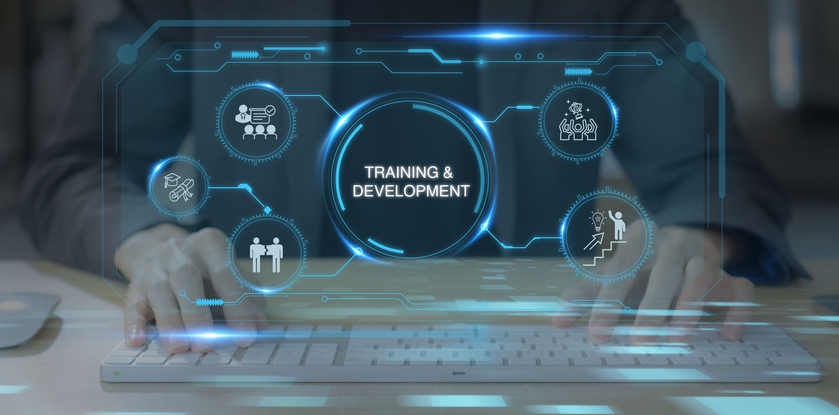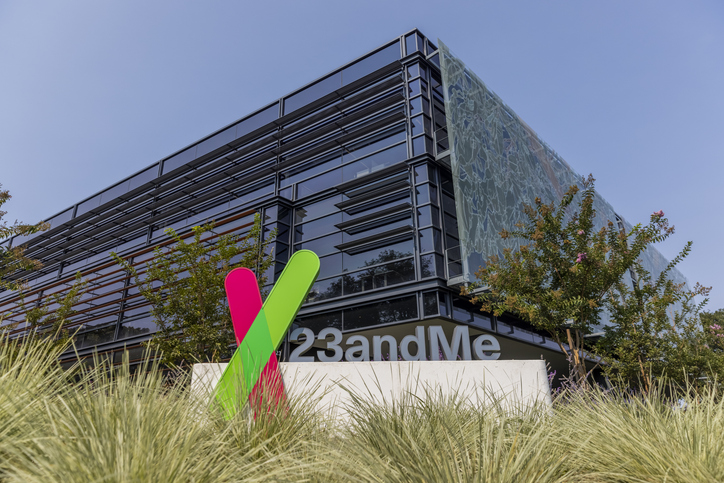As we’ve settled into shelter-in-place, it has become apparent that some processes can’t be put on hold. It is unclear how long this ‘work from home’ period will last. As we continue to a virtual working environment, it is important to meticulously plan those stages of the employee lifecycle that are crucial to company culture. The employee onboarding experience sets the tone for new relationships, establishes workflows, and aids in managing your new employees’ expectations.
Planning is Everything
Before the new hire’s first day, you must have a clear process for everything that needs to happen. Communicate with all necessary departments and have an itinerary for their first week on the job. Remember that you won’t be in an office where people can point them in the right direction, and you don’t want your new hire refreshing their inbox every 5 minutes waiting for the next steps.
Leverage all of your remote working tools to make the first day as seamless as possible. Establish a centralized location for all remote onboarding materials within your cloud-based file storage and sharing system (Google Drive, Dropbox, etc.). Create a list of any software services that the new hire will need to sign into, and have any login credentials at hand.
Schedule all meetings for your new hire’s first week on the job in advance, so they have a clear picture of what their first week will look like. Consider assigning the new hire an “onboarding buddy,” someone of similar rank who also recently came on board. A virtual onboarding buddy will have some insights that your new hire’s manager, or your ops team, might not be able to provide.
Create an online training plan. If you typically conduct certain job skills training onsite, take any steps necessary to migrate those to a virtual setting in advance. Set a clear start date for any compliance training the new employee will need, and provide firm deadlines.
Providing Hardware
Just as you ensured the employee had access to any necessary software and log in credentials for your online services, set your employee up for success with the hardware they need to do their job well. Assign one person to send them their company computer, ensure that their wifi is up to par with your organization’s expectations, and help them acquire any additional equipment they need to complete their home office.
When remote onboarding, there may be a period of time when your new hire has to use their personal devices while waiting for company-issued equipment to arrive. Check with your IT department to make sure any necessary security measures are in place, and only provide access to company accounts and information that is essential for the new hire’s first few days on the job.
Making Introductions when Virtual Onboarding
Introductions are key. Unfortunately, we can’t provide new employees with that quintessential walking tour of the office. The meet-and-greet is a crucial part of the employee lifecycle. During this time, your new employee will take the temperature of the company culture, and will likely dictate how they engage with the company. At this point, the bare minimum will not cut it. If your introductions are an afterthought, it will send the message that the company is a team of people working independently of one another. Position your organization as a team of people supporting each other, and working towards a common goal.
After scheduling all the one-on-ones between your new hire and their teammates, let an onboarding buddy fill the gaps. Someone who recently went through the onboarding process will know to make inter-department introductions that might have been unaccounted for. A virtual onboarding buddy should also introduce your new hire at your next company-wide meeting. At Emtrain, we assign onboarding buddies from different departments, so that the new hire can establish more diverse lines of communication within the company. We also give the onboarding buddy an opportunity to share some fun facts about the new hire to the rest of the company. Building a positive workplace culture is about creating healthy, lasting working relationships of coworkers who support one another.
Onboarding is arguably one of the most important stages of the employee lifecycle. It is when you have a chance to showcase your company culture and motivate your employees to do the best work possible. A robust virtual onboarding process not only sets your new hires up for success, but shows current employees that your organization can adapt to the new normal, and is here to support its employees.
For a more in-depth look into the proper onboarding process, check out our 30 Day Employee Onboarding Checklist.








